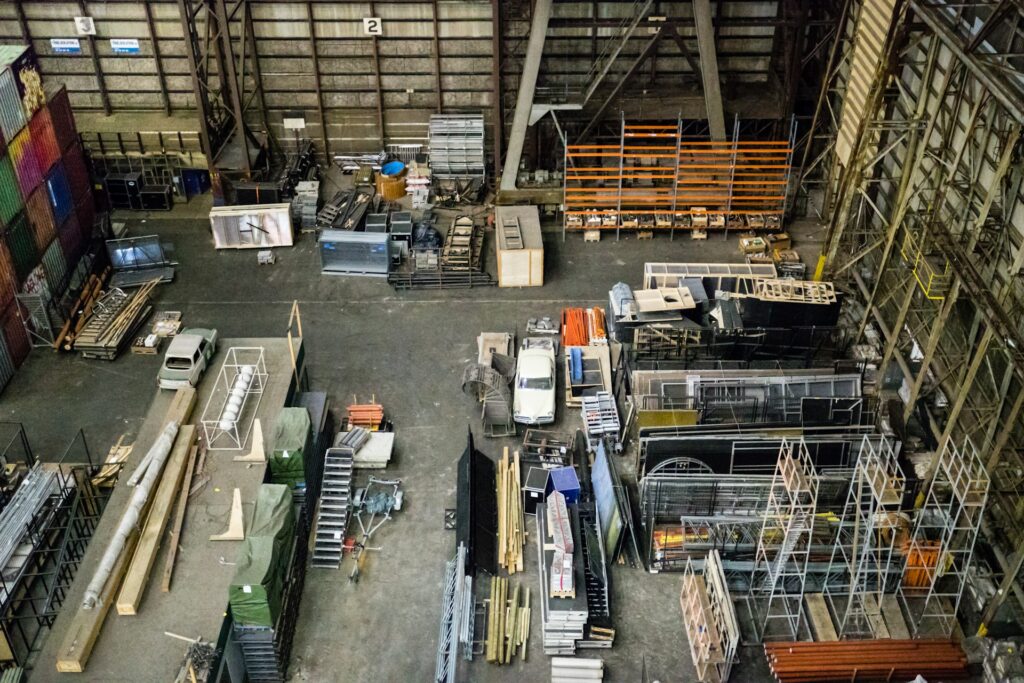President Donald Trump says he wants to revive America’s manufacturing industry. Whether that happens, however, will partially depend on companies finding ways to navigate costs in 2025. Some key pressures include a labor shortage, tariffs on imported materials, and volatile energy prices.
How can you compete in this evolving industry? You’ll need to adopt strategies that emphasize efficiency and smart investing.
Labor Costs: Wage Pressures and Talent Shortages
While some leaders see an opportunity for growth, the manufacturing sector has lost jobs in 2025. Over the last 12 months, nondurable goods manufacturing shed 1,000 jobs, and durable goods manufacturing lost 7,000 jobs.
From May 2024 to May 2025, real average weekly earnings grew by 1.5%. While that’s slightly higher than growth in 2024 and much higher than most of 2021 to 2023, it’s not an exceptional percentage. Still, some manufacturers will feel pressured by higher wages. They either need to increase prices or cut profits to remain competitive.
Importantly, manufacturing facilities need to fill positions that require niche skills, which has been a difficult challenge as many people with those skills choose to pursue careers in areas like tech.
What can manufacturers do to control labor costs while attracting qualified personnel? Investing in automation is an important part of that strategy. By automating more processes, companies could boost output without growing their workforces.
Automation, however, requires employees who know how to use the technology well. Upskilling current employees could help resolve that issue. Ultimately, though, management needs better workforce planning that identifies skilled people and commits to helping those people learn new skills as technology changes.
Material Costs: Tariffs and Supply Chain Disruptions
Most experts expect tariffs to eventually settle around 15-18%. The specific percentage definitely matters in the long run. Currently, though, the erratic back and forth makes it impossible for companies to establish and follow strategic plans. That’s an enormous challenge that will continue to stymy all U.S. manufacturers until the federal government ends its tariff war.
Supply chain disruptions further complicated resource allocation strategies. More than 90% of U.S. businesses say they’re worried global tensions will disrupt their supply chains.
There aren’t simple solutions to these problems. No one can force the Executive Branch to end its trade war with select countries. Similarly, no one can force countries to end disagreements peaceably.
You can, however, develop long-term partnerships with vendors and exporters that understand emerging trends and challenges. Additionally, it makes sense to focus on nearshoring when possible. Instead of trying to access resources on the other side of the world, find stable sources near the U.S. That won’t eliminate supply chain disruptions, but it could give manufacturers considerably more control.
Energy Costs: Managing Volatility and Sustainability
Volatility is always a concern when it comes to energy. The price of fuel changes daily, so it’s nearly impossible to predict future costs.
Iran’s recent threat to close the Strait of Hormuz raises even bigger concerns. Oil futures have already risen 10% because Iran has threatened to close the channel. If it follows through, Iran could block 20 million barrels of oil that travel through the strait each day. That would send energy prices soaring.
Investing in sustainable energy solutions is the most effective way to avoid erratic fuel prices. Once a facility invests in clean energy production, such as solar panels and wind turbines, it can largely generate its own energy. That doesn’t mean you can completely avoid fossil fuels and their volatile prices, but you can reduce your reliance as much as possible and take advantage of more stable, predictable pricing.
Partner With MRINetwork to Hire Skilled Employees
Rising costs are here to stay, but so are strategic solutions. Companies must prioritize talent, technology, and smart sourcing to stay ahead of competitors and maintain prices that consumers find affordable.
Small manufacturing facilities might have an advantage because they can respond nimbly to emerging trends. Unfortunately, those companies rarely have expertise in manufacturing efficiency strategies that target labor and material costs.
Partnering with MRINetwork gives you access to skilled workers who know how to execute effective strategies that control labor and material costs in manufacturing. Connect with an MRINetwork office in your region to learn more about the benefits of tapping into a workforce focused on efficiency, technological trends, and strategic planning. They could provide the competitive edge that keeps your manufacturing company ahead of the curve as the industry struggles to evolve.

Connect with MRINetwork